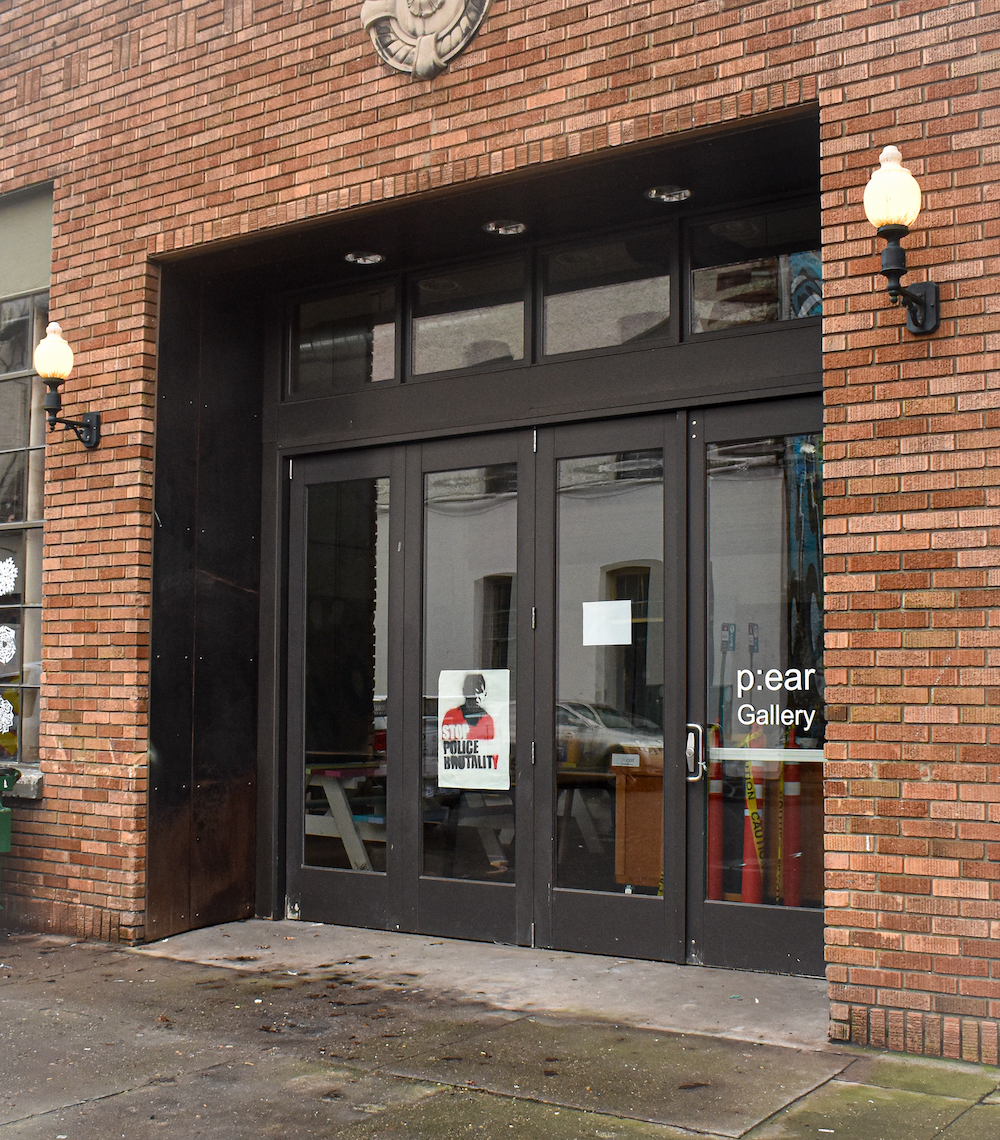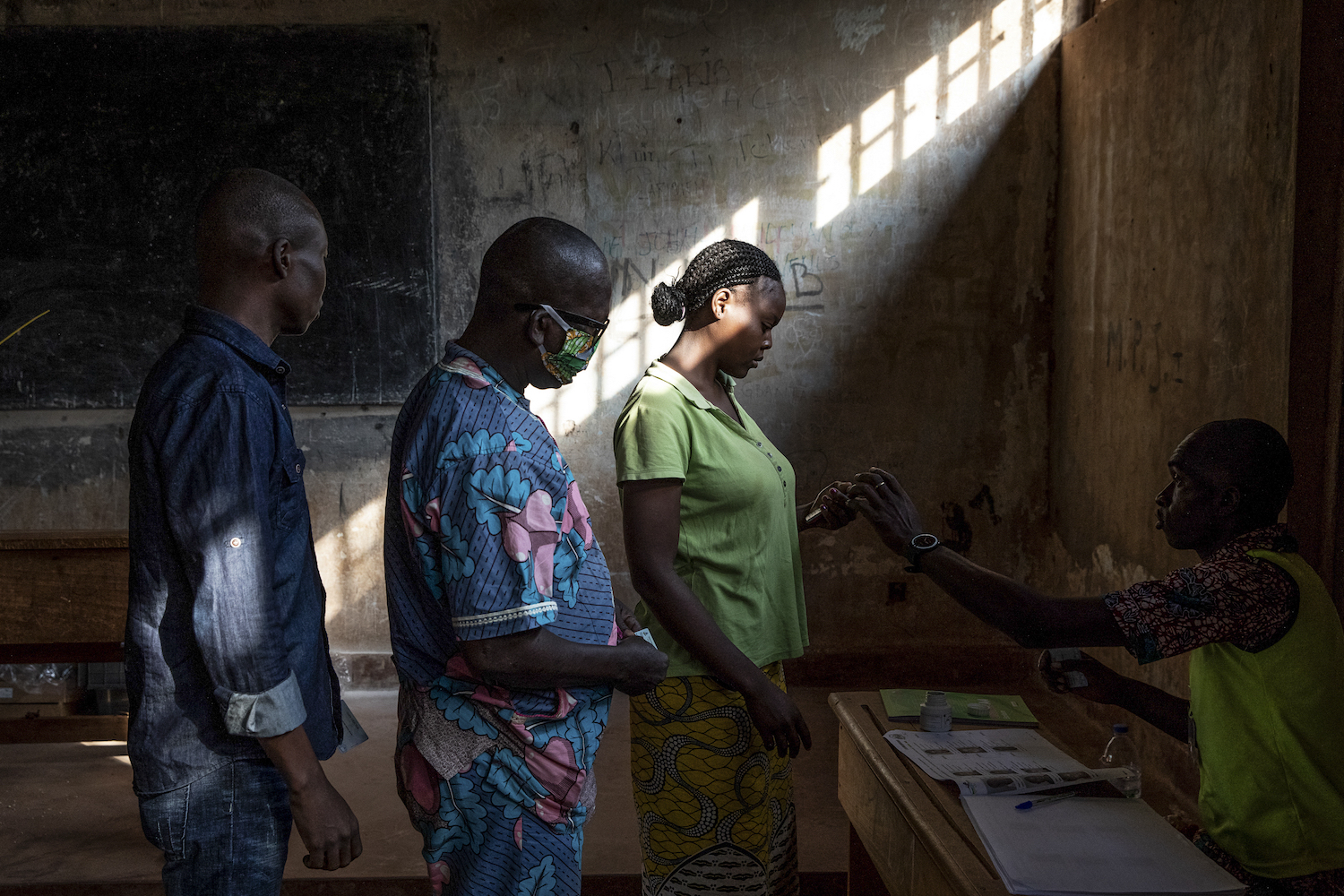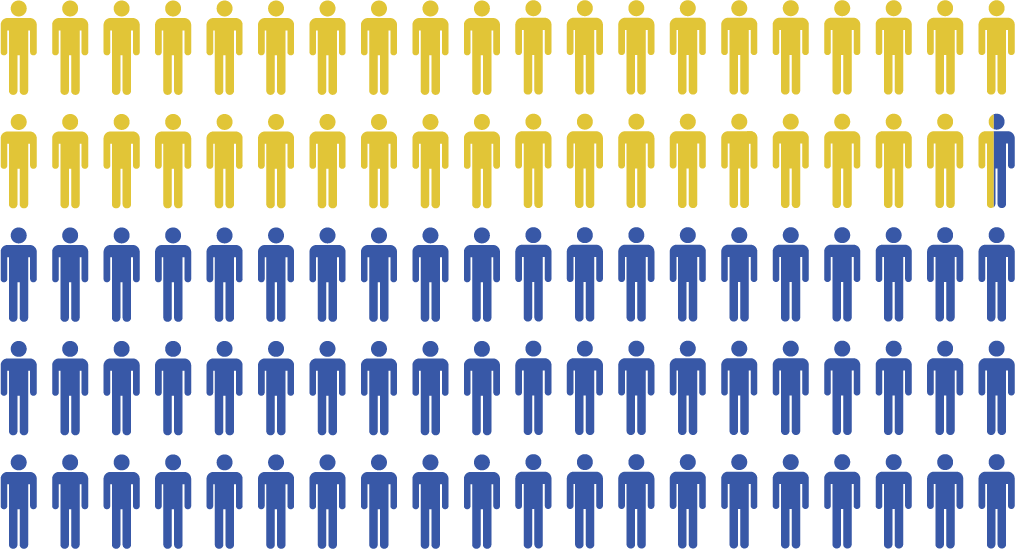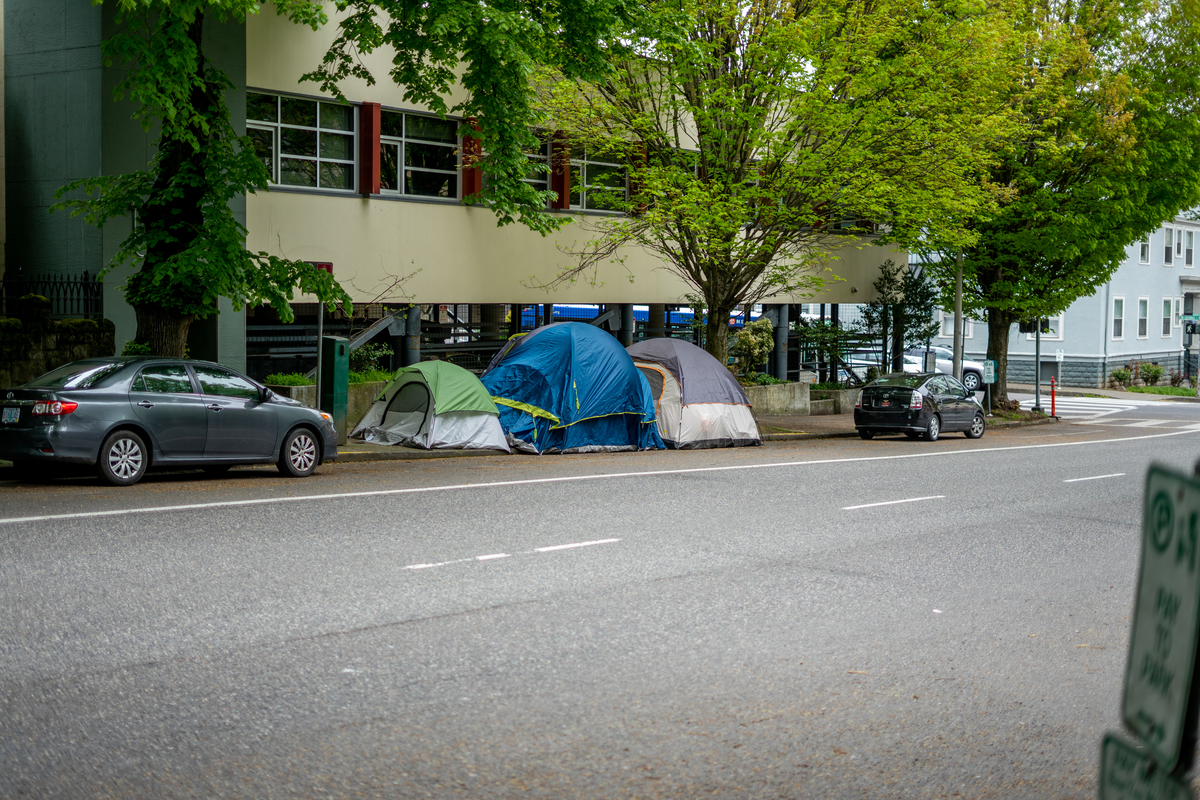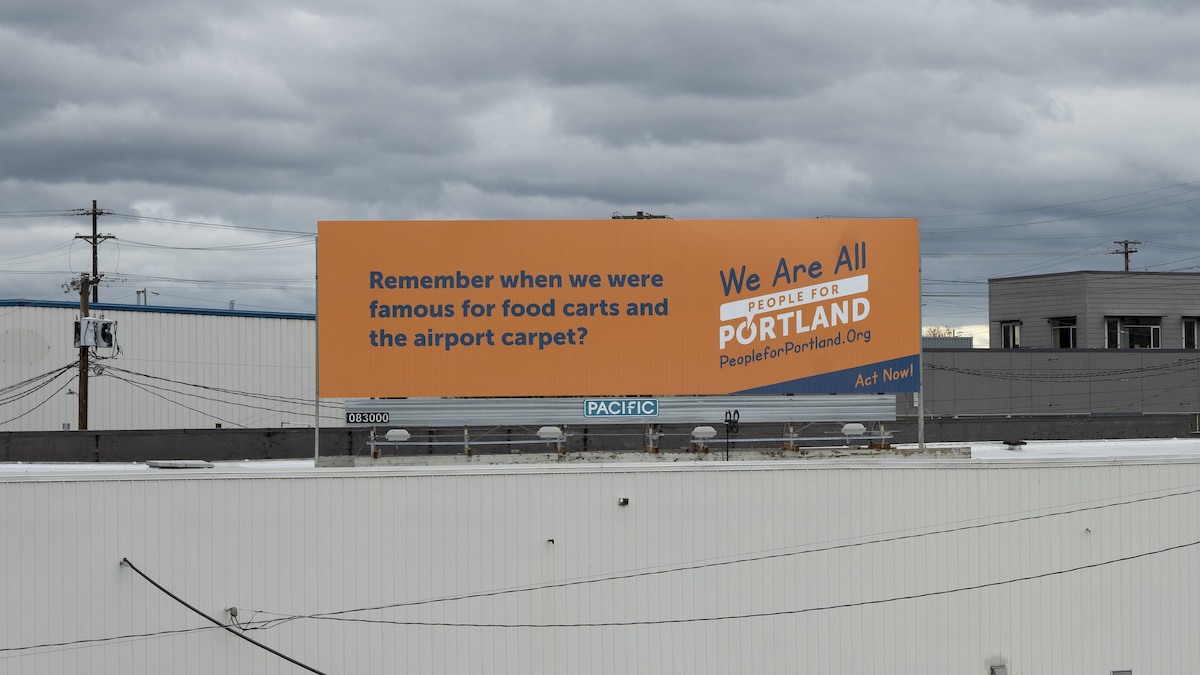According to research compiled by the United States Interagency Council on Homelessness, Oregon had an estimated 1,590 people aged 18–24 experiencing houselessness as of January 2019. This is troubling, considering one hopes that most 18–24-year-olds are going to college or getting their first jobs and transitioning into adulthood. Instead, houseless youth are worried about surviving and having space to live.
P:ear aims to tackle this issue head on. P:ear is a non-profit organization founded in 2002 by three women: Beth Burns, Pippa Arend and Joy Cartier. According to Safe Space Coordinator Antonio Camacho Martinez, p:ear’s founders used to work for another organization which helped houseless youth, but recognized a need for an organization that could offer a safe space for houseless youth to discover their identity. As a result, Burns, Arend and Cartier formed p:ear in the hopes of creating a space geared toward, as Camacho Martinez put it, “connecting with youth in a way that is anchored deeply in relationships.”
At first, p:ear’s primary focus was education and helping youth get their GED or go to college. As time went on, the services p:ear provided grew to include art and recreation services. That is when p:ear’s name was born—p:ear is an acronym for Project: Education, Art, and Recreation.
Its name alludes to the arts and recreational services p:ear provides to houseless youth, but the organization’s scope is much larger than just that. Prior to the pandemic, people could come in and access services most drop-in centers provide, such as food, water, clothing and a clean bathroom. Beyond that, p:ear aims to meet peoples’ individual needs and provide a place for them to learn, create, and exist. During p:ear’s intake process, the staff sit down and get to know people with the goal of creating an enduring relationship. After a relationship is formed, staff will gauge what a person’s interests are and help them explore those interests, whether they’re related to education, art, recreation or something else entirely.
P:ear emphasizes the importance of education. Camacho Martinez went as far as to say he thinks “everything is a teachable moment.” P:ear also provides mentoring and life skills through the programs they provide directly, such as paid training programs where people can learn to be a coffee barista or a bike mechanic. P:ear also has outside educators come in to teach or lead workshops on a range of different topics, such as parenting classes for new or expecting parents.
Art is a significant aspect of the culture of p:ear. Whether someone has never explored art or is already an avid creator, p:ear provides the tools that allow people to express themselves in any medium.
The first thing one notices when stepping into p:ear are the enormous shelves of art supplies. From canvases to buckets of paint, p:ear has pretty much any foundational art supply on-hand. A houseless person using p:ear’s services has access to all these supplies. They don’t need to ask or pay; they just get to create.
Art can also provide a source of income for youth involved in p:ear’s services. If someone creates something they want to sell, p:ear will help facilitate that process. Before the pandemic, p:ear would open its gallery for youth to sell their artwork. The artist was typically allowed to price their art how they wanted, help set their art up in the gallery and be at the gallery opening to talk to attendees about their work. P:ear would only take a 10% commission with the goal of replenishing supplies. This process is educational, inventive and allows youth to forge an identity since, as Camacho Martinez stated, “it allows them to see themselves beyond [houselessness].”
As far as recreation is concerned, p:ear promotes the outdoors as a choice and not a necessity. Instructors lead hikes and teach people how to rock-climb. Camacho Martinez discusses how p:ear also teaches youth about “the land and the history of colonization.” Camacho Martinez’s personal hope is that people can then “reflect on the spaces they are occupying, regardless of where they are and when they find themselves there.”
As with most things this last year, COVID-19 had a significant impact on how p:ear serves its community. P:ear moved from normal operation to just providing essentials. It has served anywhere from 100–600 meals a day, as need from the community increased. “There was a month when we tripled the amount of food we were handing out, compared to pre-COVID times,” Camacho Martinez said.
Every service p:ear provides supports the self-esteem and confidence of the people it serves. The organization’s services strive to be low-barrier, meaning houseless youth can access them without feeling like they are being handled. P:ear strives to honor every young person’s agency in a world that is continuously trying to strip that from them. P:ear goes out of its way to foster an environment which helps youth find their identity beyond houselessness.

